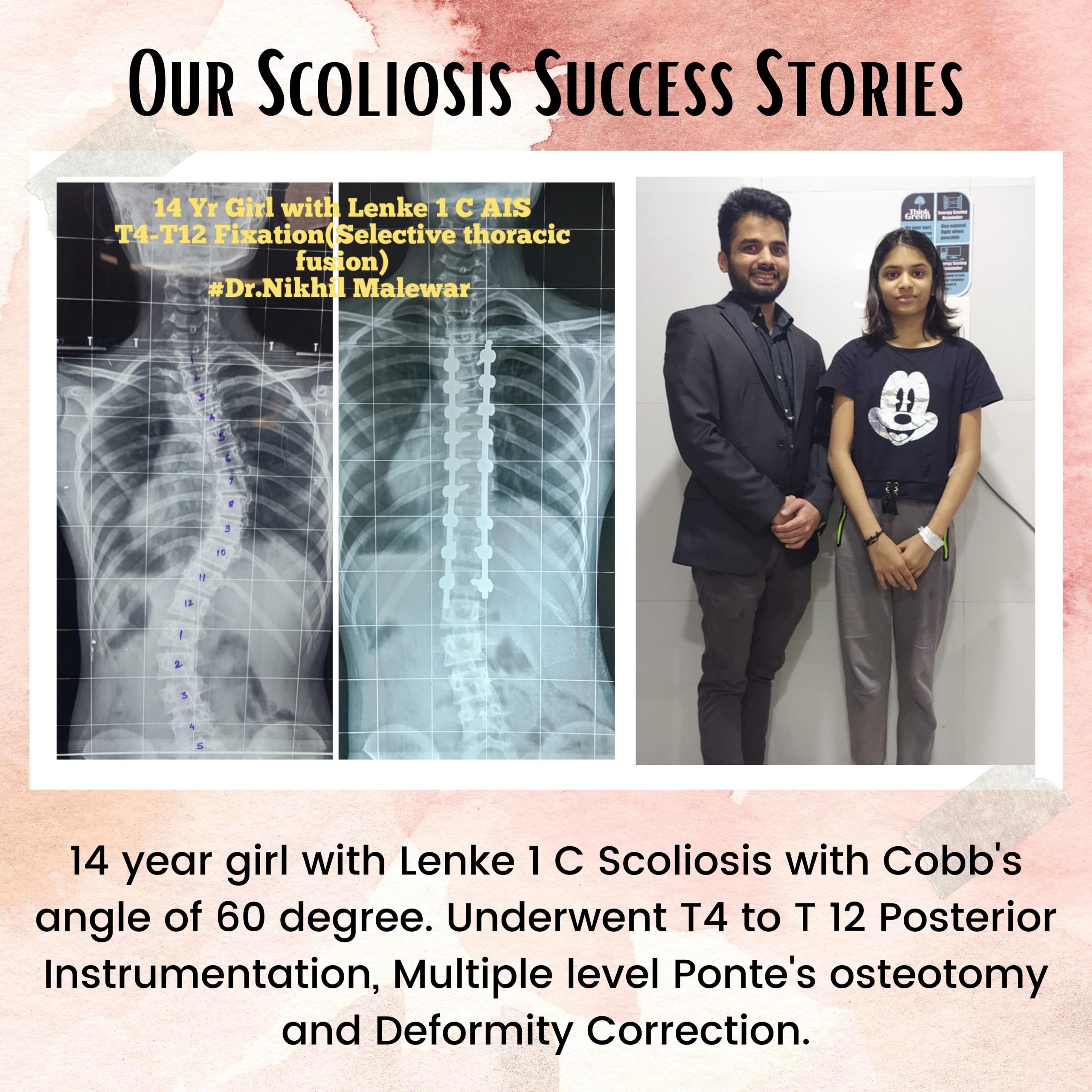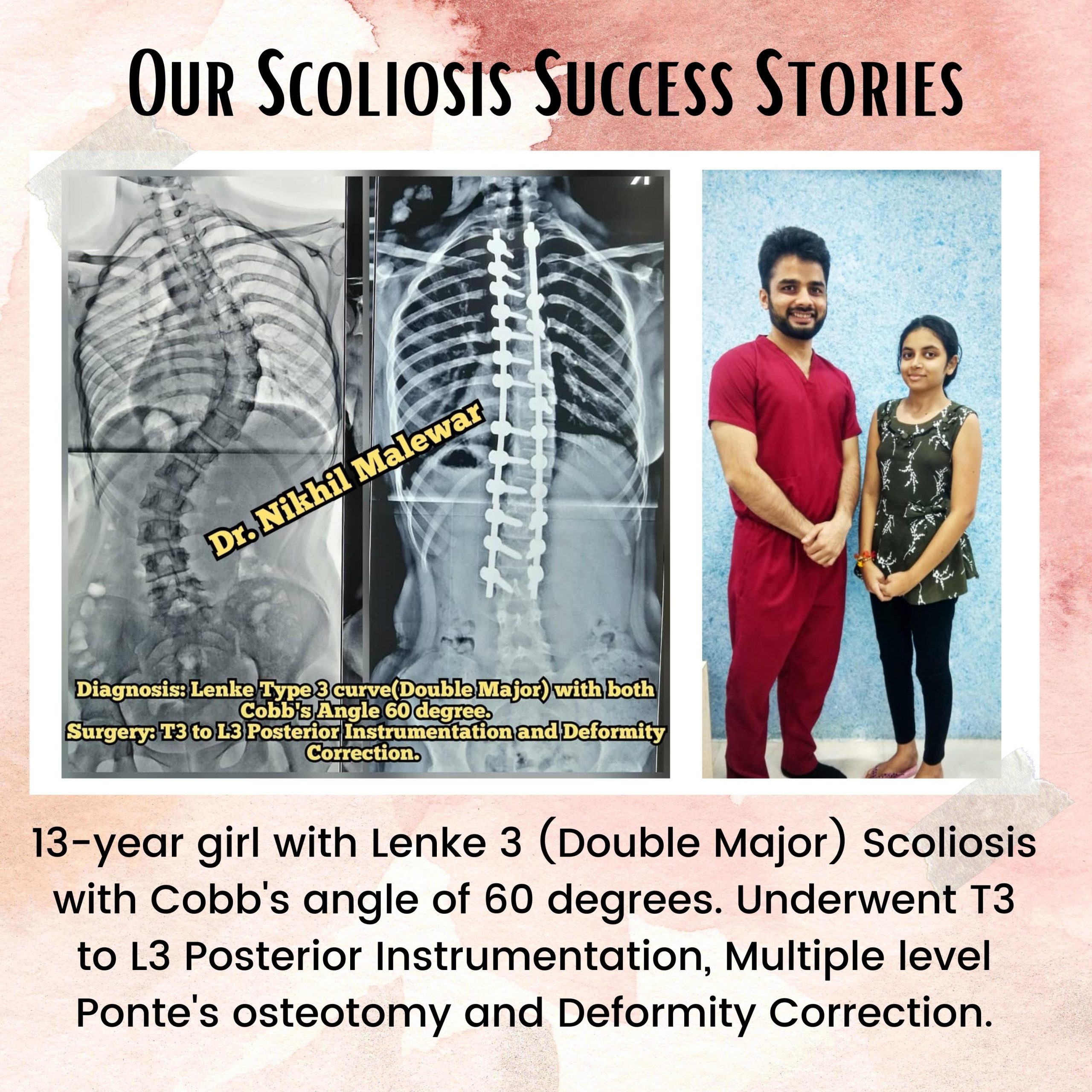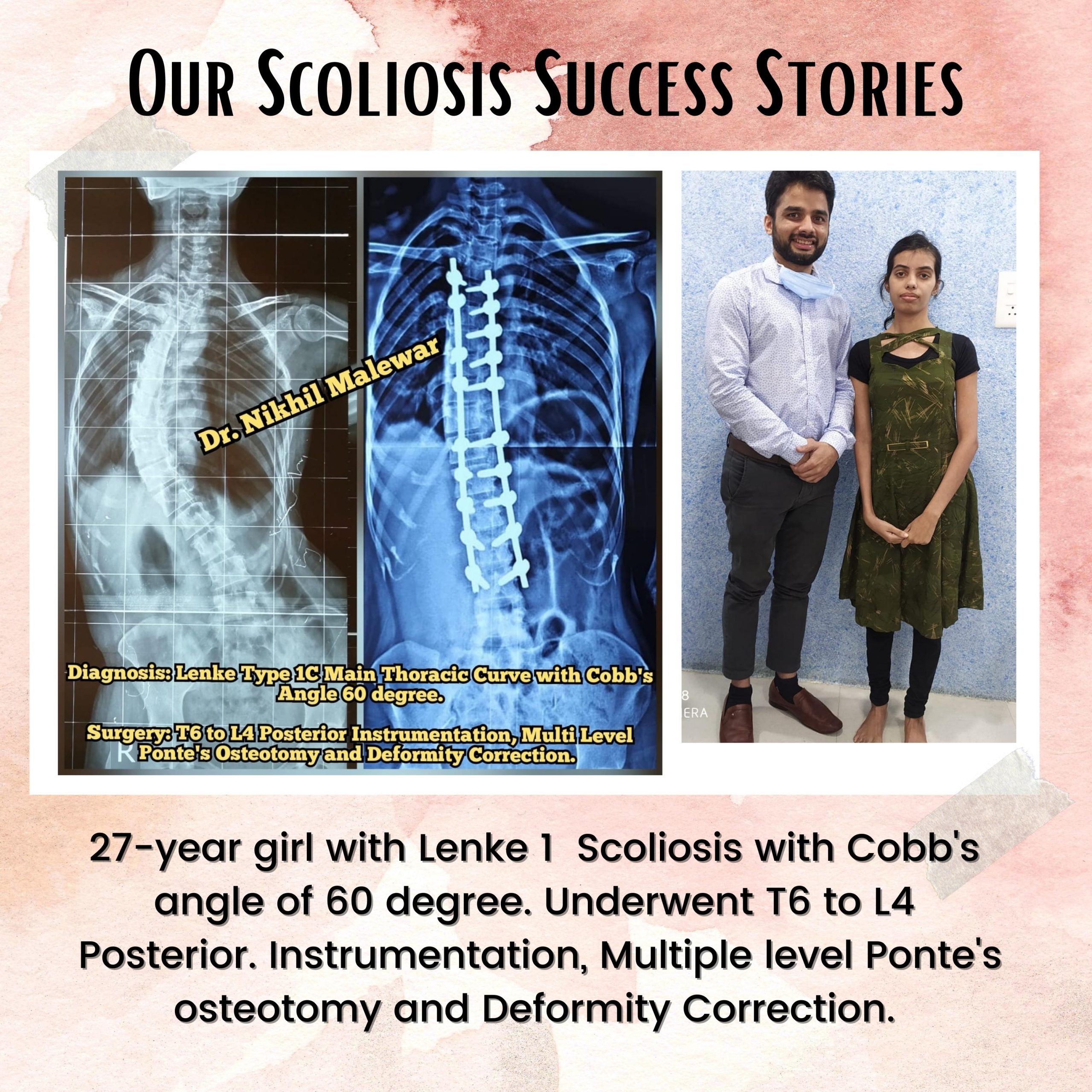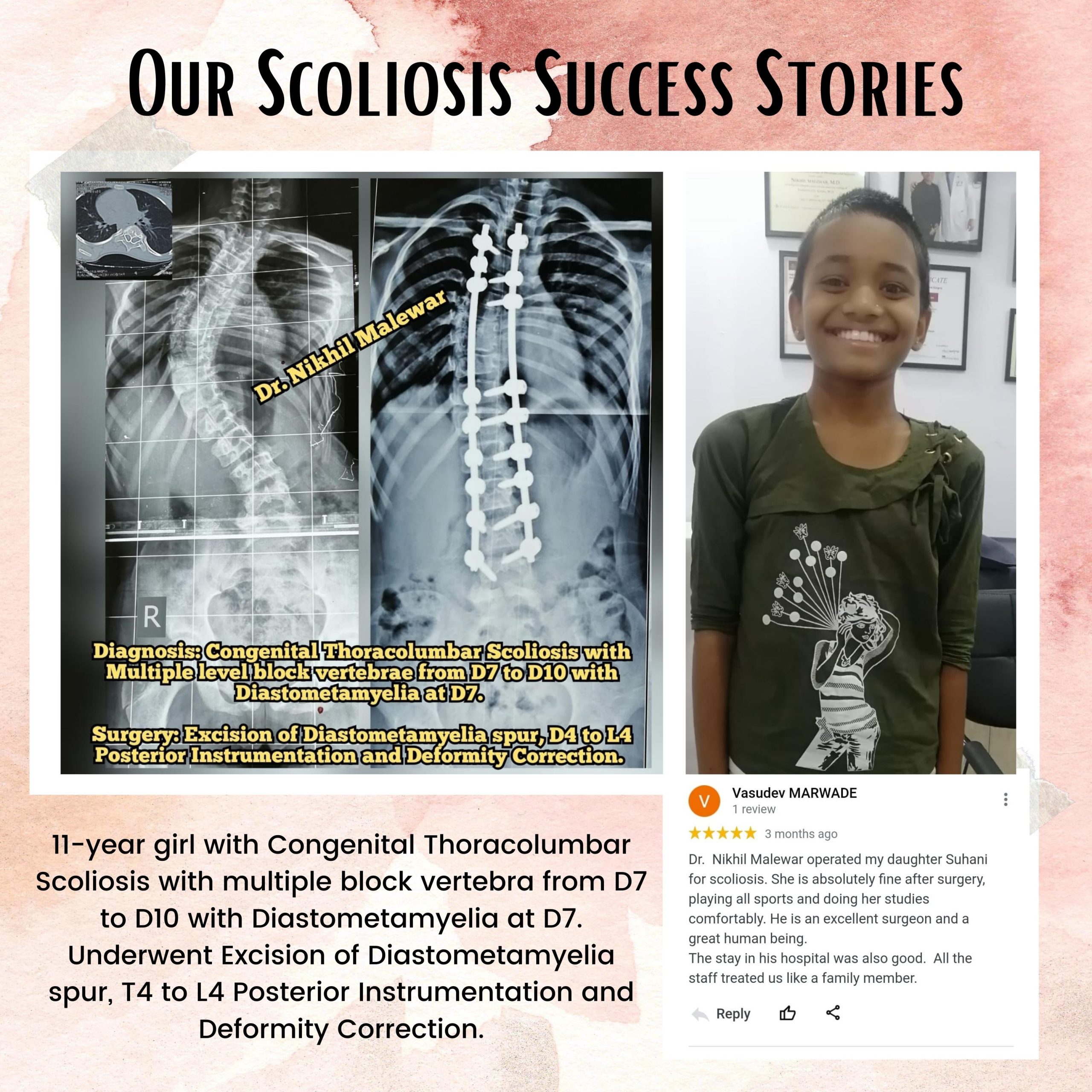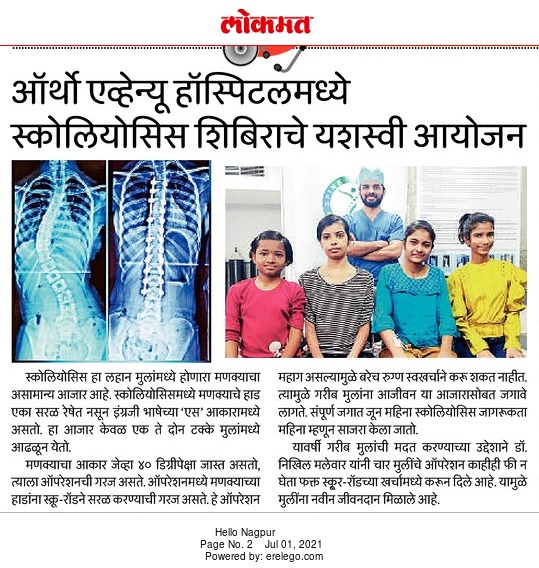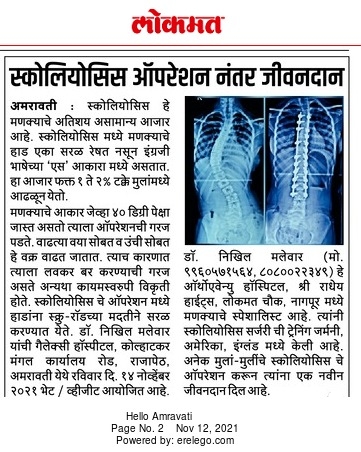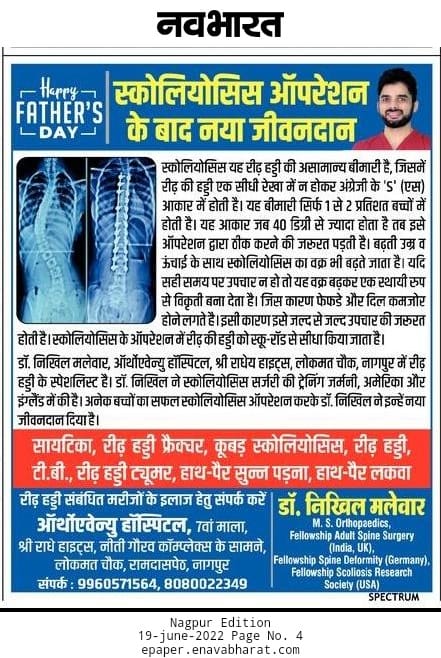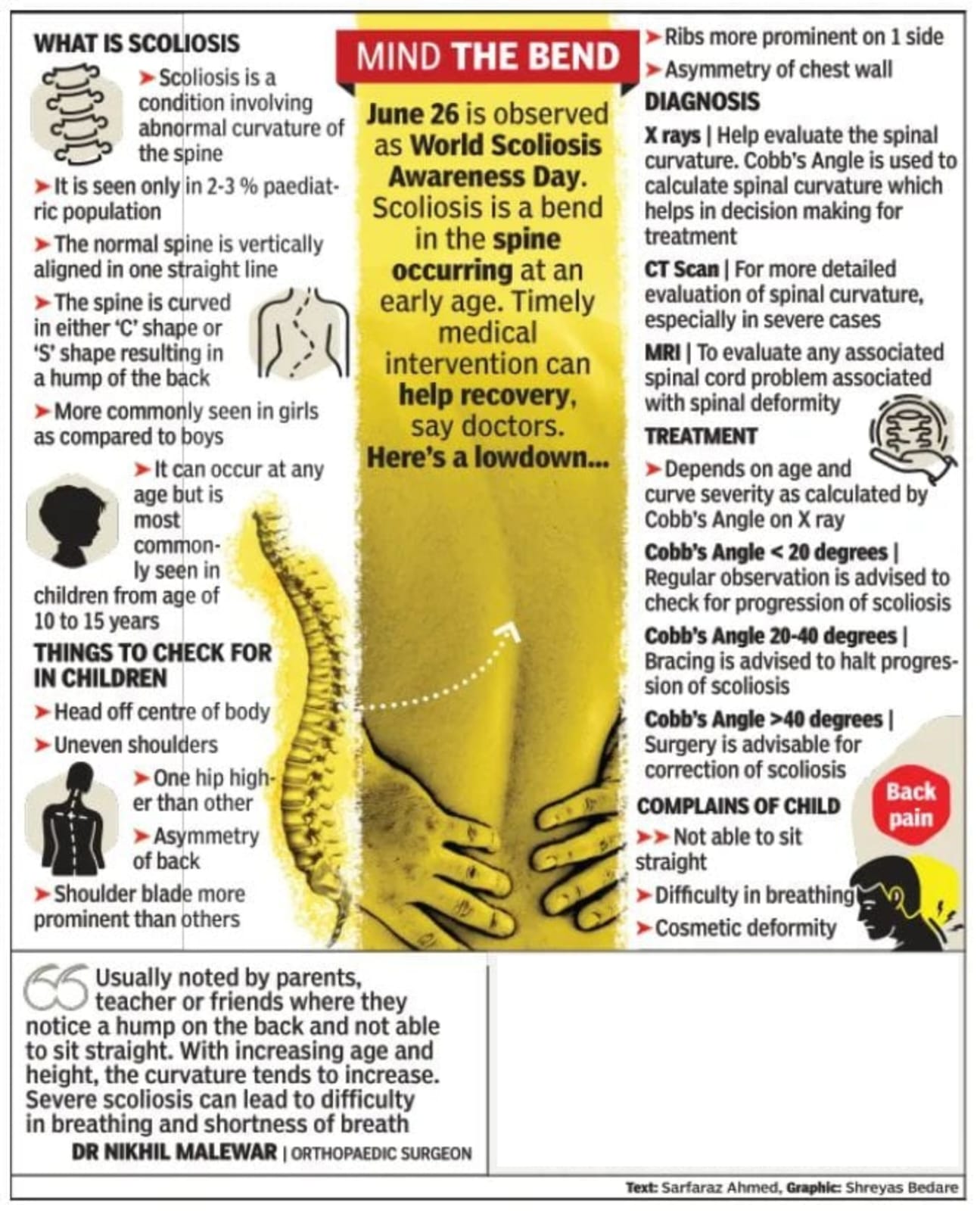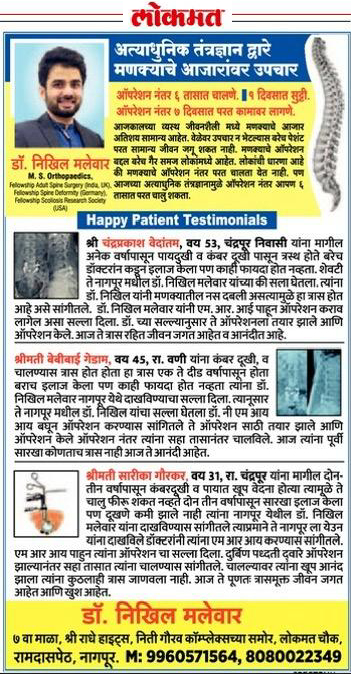What is Minimally Invasive Spine Surgery?
Minimally invasive spine surgery represents a modern approach to surgical procedures. Unlike traditional open surgery, where a single lengthy incision is made through the skin, minimally invasive surgery involves creating one or more small incisions, typically around ½ inch in size. Through these small openings, a specialized instrument such as a metal tube or endoscope is inserted, providing the surgeon access to the operative area with minimal disruption to surrounding tissues.
By working through smaller incisions, the surgeon can achieve the necessary precision while significantly reducing damage to muscles and soft tissues compare to traditional methods. This approach aims to minimize post-operative pain and promote quicker recovery times for patients.
How do I prepare for spine surgery?
To prepare for spine surgery, Doctor consider the following steps:
If you smoke, it’s advise to quit before the surgery. Your healthcare provider can offer assistance and recommend medications or programs to aid in quitting.
Maintain a regular exercise routine to keep your body and muscles in good condition, which can potentially shorten your recovery period.
Review all medications and supplements you’re currently taking with your surgical team several weeks before the surgery date. Certain medications and herbal remedies may need to be stop temporarily as they could interact with anesthesia or other medications administered during the procedure.
Your surgeon will likely order X-rays or MRI tests of your spine to assess the condition. Additionally, you may be prescribe antibiotics to take before and after the surgery to reduce the risk of infection.
Follow any specific dietary instructions provide by your healthcare provider regarding what you can eat or drink the night before the surgery.
What are the benefits of minimally invasive spine surgery?
Minimally invasive spine surgery presents numerous benefits compare to traditional open surgery, including:
- Reduce anesthesia requirements.
- Minimal blood loss during the procedure.
- Lesser damage to muscles and soft tissues.
- Lower risk of post-operative infection.
- Decreased post-surgical pain.
- Reduced need for pain medication.
- Enhance cosmetic outcome due to smaller incisions, resulting in a few tiny scars instead of one large scar.
- Shorter hospitalization period, typically a few days as opposite to about a week with open surgery.
- Accelerate recovery timeline, spanning a few months rather than up to a year.
- Faster return to daily activities, including a prompt resumption of work responsibilities.
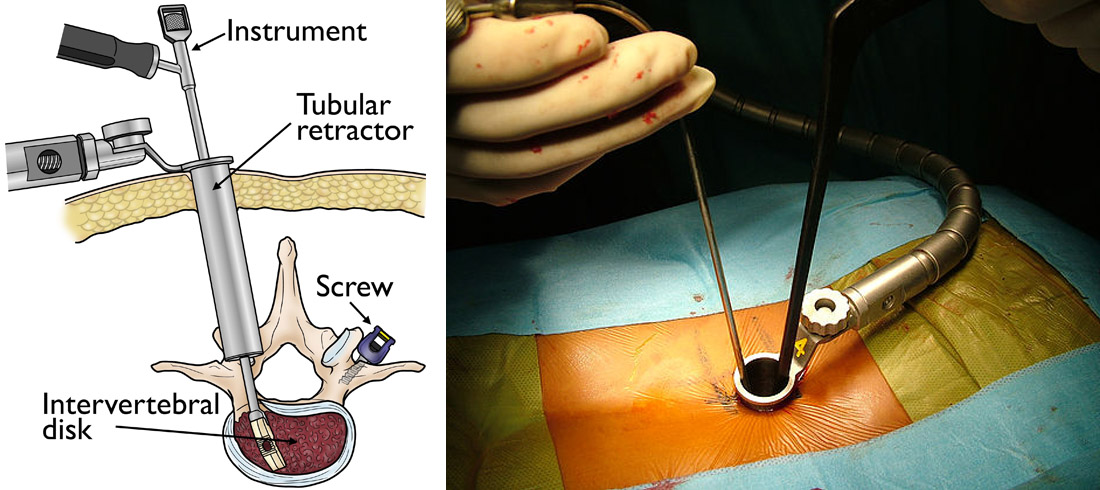
Our Scoliosis Success Stories

